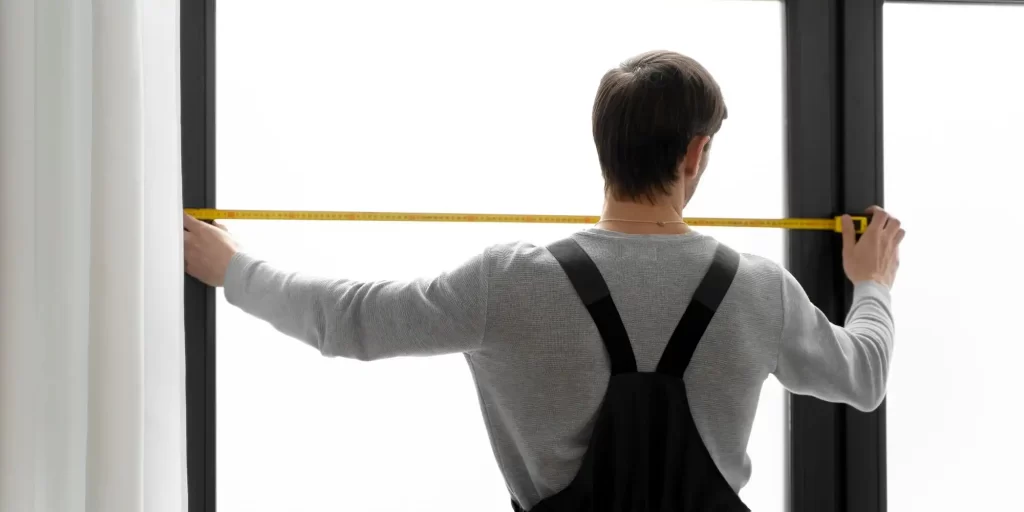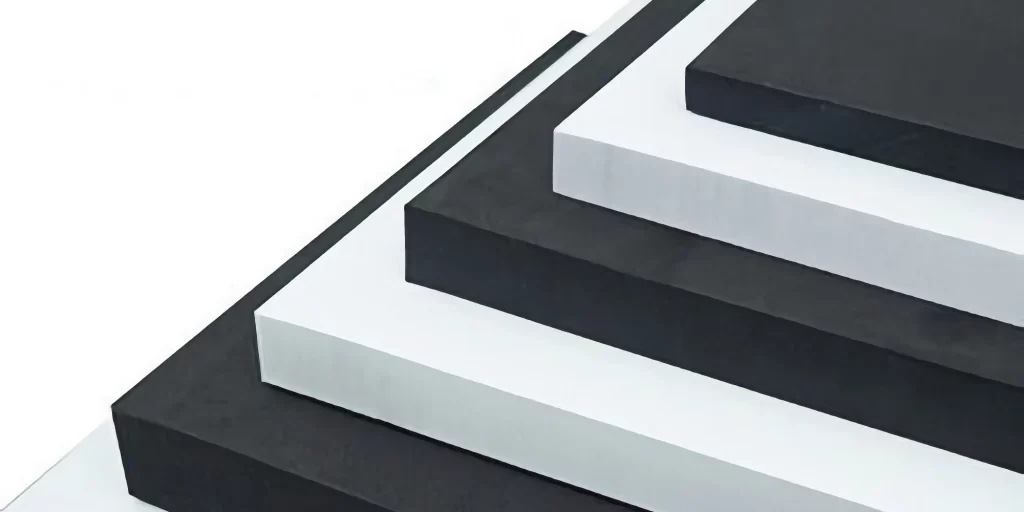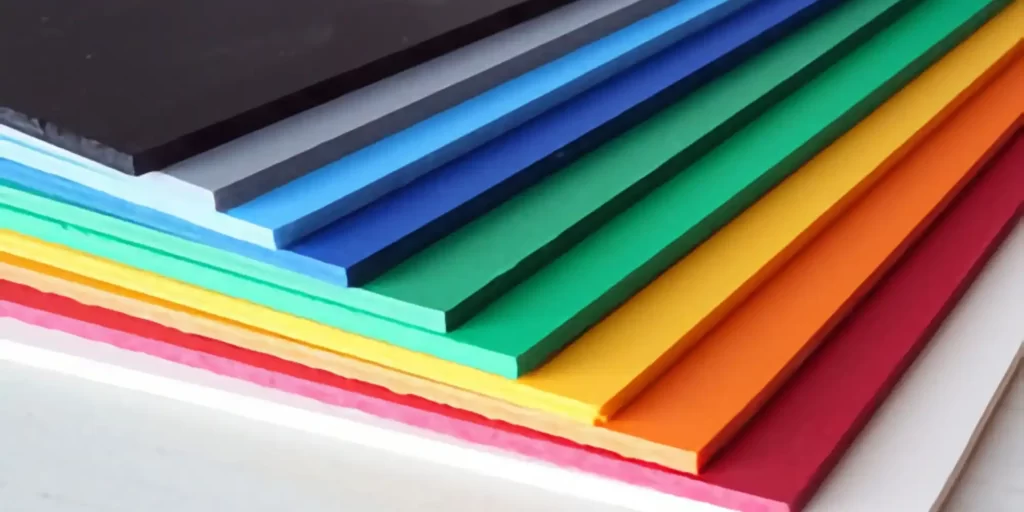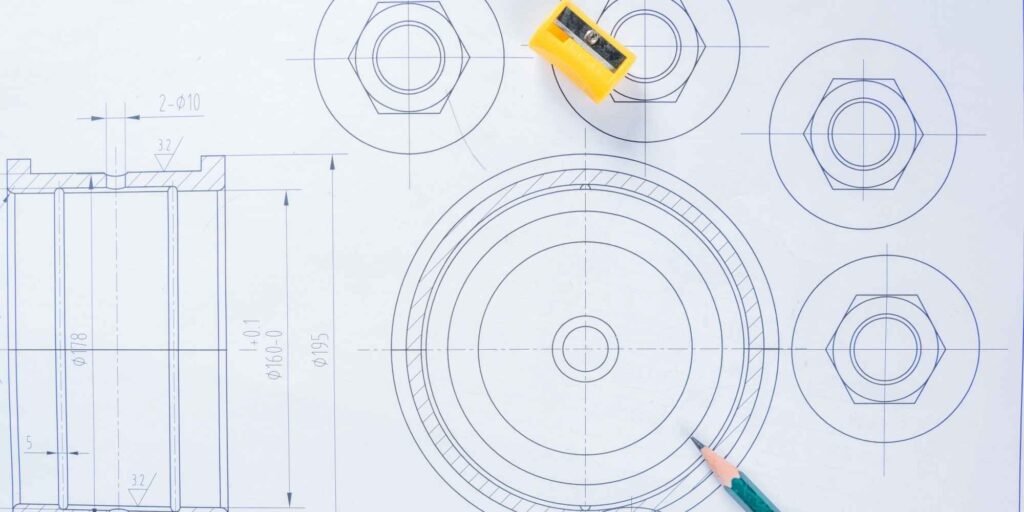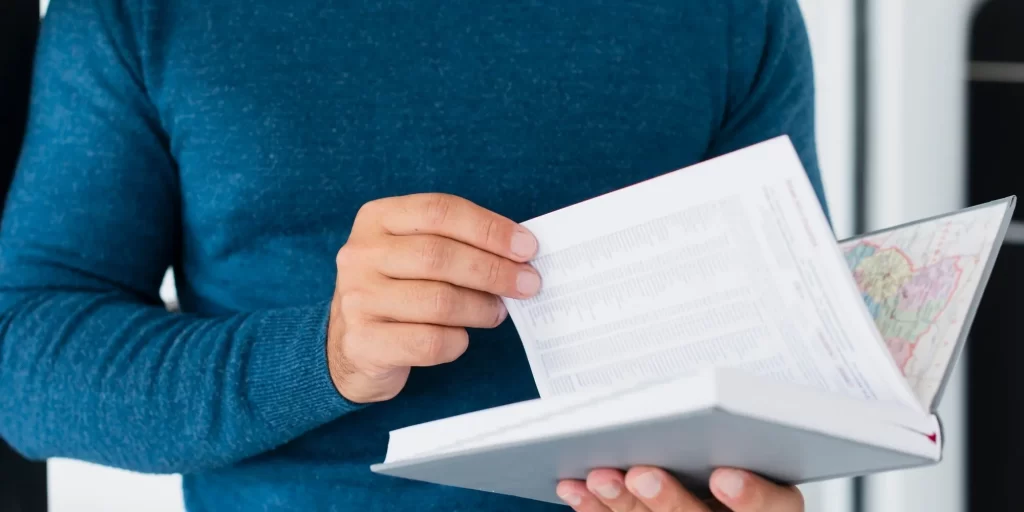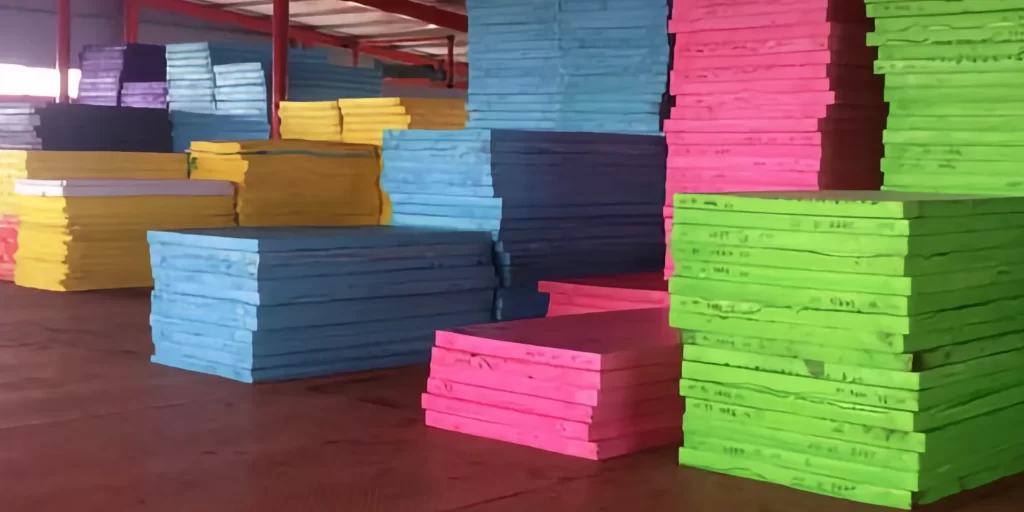Introduction
In the vast world of construction and building materials, sealants play a pivotal role in ensuring structures are watertight, insulated, and durable. With the evolution of materials science, EVA (Ethylene Vinyl Acetate) foam has emerged as a game-changer in the realm of building sealants. This article delves deep into the benefits, applications, and frequently asked questions surrounding EVA foam-based sealants.
What is EVA Foam?
EVA foam is a blend of ethylene and vinyl acetate, resulting in a soft yet resilient material. Known for its flexibility, shock absorption, and resistance to UV radiation, EVA foam has found applications in various industries, from sports equipment to packaging. Its unique properties make it an excellent choice for building sealants.
Why EVA Foam is Ideal for Building Sealants
- Weather Resistance: EVA foam sealants offer exceptional resistance to weathering, ensuring longevity even in harsh climatic conditions.
- Flexibility: Buildings naturally expand and contract with temperature fluctuations. EVA foam sealants accommodate these movements without cracking.
- Excellent Adhesion: EVA foam sealants adhere well to a variety of surfaces, ensuring a tight seal.
- Waterproofing: Its closed-cell structure ensures that EVA foam sealants are impermeable to water, preventing leaks and water damage.
- UV Resistance: EVA foam is resistant to UV radiation, preventing degradation when exposed to sunlight.
Applications of EVA Foam in Building Sealants
- Window and Door Sealing: EVA foam sealants ensure windows and doors are airtight, preventing drafts and enhancing energy efficiency.
- Roofing: Used in sealing joints and gaps in roofing materials, preventing water ingress and potential damage.
- Flooring: EVA foam sealants can be used to seal gaps and joints in flooring, preventing moisture penetration and enhancing the lifespan of the floor.
- Wall Joints: Ensures that wall joints are sealed, preventing the entry of pests and moisture.
- Plumbing: Used around pipes and fixtures to prevent water leaks.
How to Apply EVA Foam Sealants
- Surface Preparation: Ensure the surface is clean, dry, and free from dust or debris.
- Application: Using a caulking gun, apply the EVA foam sealant evenly along the desired area.
- Smoothing: Use a spatula or finger (with gloves) to smooth out the sealant, ensuring even coverage.
- Drying: Allow the sealant to dry completely, as per manufacturer’s instructions, before exposing it to moisture or stress.
FAQ
Q: How long do EVA foam sealants last?
A: With proper application, EVA foam sealants can last for several years, depending on environmental conditions and the specific product used.
Q: Can EVA foam sealants be painted over?
A: Yes, most EVA foam sealants can be painted over once they are fully cured, making them versatile for various aesthetic applications.
Q: Are there any safety precautions to consider when using EVA foam sealants?
A: Always use gloves when applying the sealant and ensure the area is well-ventilated. It’s also advisable to check the manufacturer’s safety guidelines.
Q: How do EVA foam sealants compare to silicone sealants?
A: While both have their advantages, EVA foam sealants offer superior flexibility and UV resistance, making them ideal for certain applications.
Conclusion
EVA foam, with its myriad of beneficial properties, has truly revolutionized the building sealants industry. Offering durability, flexibility, and a range of application possibilities, it stands out as a top choice for builders and homeowners alike. As the construction industry continues to evolve, materials like EVA foam will undoubtedly play a significant role in shaping the future of building and design.
